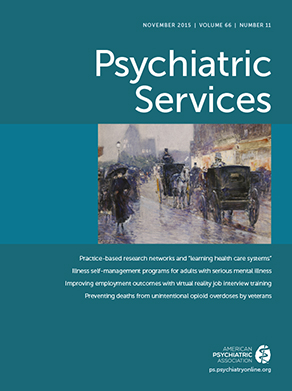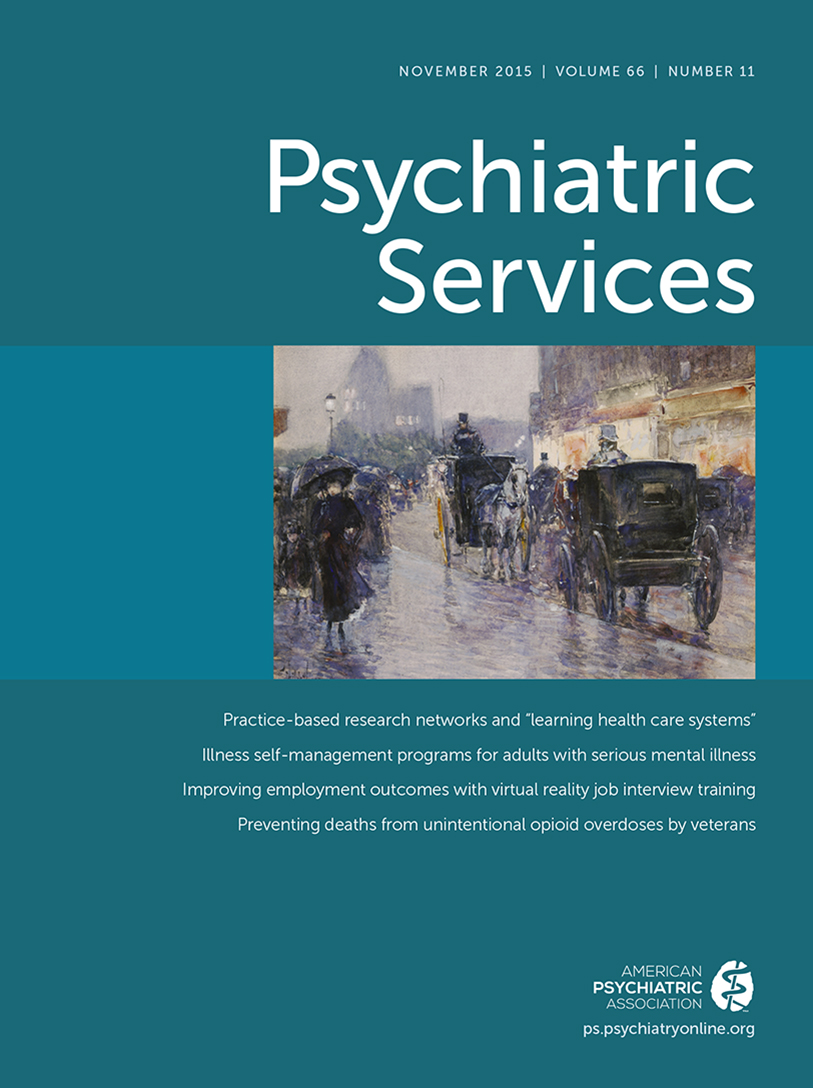The victors get to write the history books.
In his new book, Shrinks, Dr. Lieberman shares his view of the victorious legacy of a cohort of courageous biological psychiatrists whom he believes rescued psychiatry from superstition and chicanery to be a fully respectable medical specialty, battling with cultish psychoanalysts and fighting off the barbaric antipsychiatrists. Dr. Lieberman’s introduction culminates in this assertion: “The modern psychiatrist now possesses the tools to lead any person out of a maze of mental chaos into a place of clarity, care, and recovery. The world needs a compassionate and scientific psychiatry and I’m here to tell you, with little public fanfare, that such a psychiatry has arrived at last.”
Dr. Lieberman tells us that the reason for the biological psychiatrists’ success is clearheaded, scientific research, but for better or worse, that isn’t the story this book tells. This book isn’t a review of all the data that support (or question) biological psychiatry. It doesn’t even include Lieberman’s own massive CATIE study (which, in my opinion, does both). This book is the much more enjoyable—and I think much more honest—story of the people striving for victory and the strategies they used to achieve it. For example, he tells us the fascinating, political backstory of how Spitzer maneuvered around the diagnosis of homosexuality, rather than citing studies about the validity, or lack of validity, of homosexuality as a diagnosis, or the effectiveness, or lack of effectiveness, of sexual orientation change therapy. I don’t know if an honest, data-driven book justifying today’s biological psychiatry could be written (especially if it had to focus on long-term quality-of-life outcomes and include study dropouts in the analysis).
This book instead thoughtfully takes us on a personal journey of biological psychiatrists and how they strategically wrested psychiatric diagnosis, psychiatric research funding, academic training programs, and therapeutics away from their archrivals, the psychoanalysts. I admired the emotional and the intellectual integrity of this book: Dr. Lieberman describes his own deep emotional ambivalence toward Sigmund Freud, whose book The Interpretation of Dreams drew Lieberman into psychiatry in the first place (as it did me) but whose egotism and intolerance damaged psychoanalysis so badly that the biological psychiatrists determined that it needed to be destroyed for psychiatry to progress scientifically, thus launching their version of a cold war against an evil empire.
Lieberman talks openly about how emotionally disturbing delivering electroconvulsive therapy (ECT) can be, advising “You must keep reminding yourself that extensive research and data supports the therapeutic effects of ECT.” He also describes how early medications appealed more to cost-cutting administrators than to the psychiatrists working in the hospitals at the time, the alienists; how one of his heroes, Dr. Kandel, who was looking for the neurological basis for the ego, id, and superego, ended up studying nerve cells in sea slugs; how psychiatric genetics have a “recurring and deeply frustrating patter” of producing “fool’s gold”; and how Dr. Nathan S. Kline, a “flamboyant pioneer of psychopharmacology,” was banned from doing drug research because “he hadn’t bothered to get the proper informed consent from the patients to whom he was administering experimental psychoactive compounds.”
This emotional and intellectual openness makes his stories a compelling read, yet I am puzzled that nothing seems to give Lieberman pause or a shred of self-doubt. To seriously consider doubts would be to give the antipsychiatrists ammunition. Perhaps the ends justify the means.
What gives me pause is how few stories he includes of actually leading “any person out of a maze of mental chaos into a place of clarity, care, and recovery.” His opening story is illustrative: Elena is a young woman whose life is falling apart due to worsening psychosis. She and her family have spent a couple years diligently pursuing a variety of apparently ineffective interventions before her family reluctantly brings her to see Dr. Lieberman because their family doctor said, “For Christ’s sake, take her to a real doctor!” After witnessing her display Schneiderian symptoms, he diagnoses schizophrenia, hospitalizes Elena for three weeks, and gives her risperidone, which helps a lot. A few weeks after discharge, she and her family dropped out of outpatient treatment, and their search for help continued elsewhere. How is that a triumphant story? Something important seems to be missing before victory can confidently be claimed.
Dr. Lieberman himself points us in a crucial direction when he asserts that “the world needs a compassionate and scientific psychiatry,” but readers will not learn in this book how to be more compassionate with patients—for example, by working alongside a peer advocate or by implementing trauma-informed care in a hospital ward or by working with motivational interviewing or WRAP plans.
Lieberman says that he admires and emulates his fellow faculty member Siddhartha Mukherjee’s book The Emperor of All Maladies, which tracks the scientific advancements in the treatment of cancer. I admire Elisabeth Kübler-Ross’ book On Death and Dying because of the massive enhancements in compassion it brought to the staff, patients, and families struggling with cancer. I just wish more scientific oncologists would integrate the compassion of hospice into their work before deciding that their patients are “totally hopeless.”
Psychiatry can integrate both compassion and science. Dr. Gabor Maté was given up by his mother as an infant in Hungary to survive the holocaust. In his recent book In the Realm of Hungry Ghosts he draws deeply upon his own personal struggles and addictive behaviors in order to empathize with his patients, who include people with severe mental illnesses, substance use disorders, HIV, life on the streets, incarceration, and residents of a Housing First program in Vancouver. Maté includes long chapters about his understanding of the biological impacts of prolonged childhood trauma and of prolonged severe drug addiction, as well as chapters about his struggles to build compassionate, healing relationships with his patients. He melds the two as he makes strong recommendations about working with a challenging patient population. He succeeds in sustaining himself and his relationships with his patients—a therapeutic alliance that nurtures and heals both parties. Yet the difference in the tone of the two books is striking. In the Realm of Hungry Ghosts never approaches the triumphant, self-satisfied tone of Shrinks. Then again, Shrinks never describes working with patients like Maté’s.
In a late chapter of the book, Lieberman describes Vietnam veterans and posttraumatic stress disorder (PTSD). Here he talks about his own traumatic reactions, how peer support rap sessions are often more helpful than psychiatrists, and the importance of people’s reactions to their situations in determining their symptoms and outcomes. These veterans evoked compassion that ultimately profoundly affected both their DSM diagnosis and their treatment. Maybe more compassionate exposure—for example, to people who were severely abused and traumatized as children, foster care children, homeless people, prison inmates, people whose children were removed, gang members, and battered women—could affect their DSM diagnoses and their treatment. His chapter on DSM-5 describes it as “The Triumph of Pluralism,” and he praises the DSM-5 developers for keeping an open mind. Today’s public psychiatrists would certainly welcome an inclusion of entries on, for example, developmental trauma disorder; attachment disorders; damaged pleasure centers from prolonged substance abuse; trust, hypervigilance, and aggressive disorders from prolonged incarceration; learned helplessness; rape victims; battered women; people brokenhearted from having their children removed; and immigrant disorientation. With such clarification, we’d no longer have to wedge diagnoses into depression, bipolar disorder, PTSD, and borderline categories and give the patients poorly targeted treatments. These aren’t “worried well” people. These are the pervasive conditions in today’s community mental health centers and public hospitals.
Lieberman’s final chapter that “reflects upon the work that still lies ahead” includes a story about his success in competing for a talented psychiatry resident and talking him out of switching to neurology by convincing him of modern psychiatry’s scientific basis and effectiveness. I would advise that resident that if he really wants to become “a compassionate and pluralistic psychiatric physician” and work effectively in public psychiatry, he should go beyond what Dr. Lieberman and this book can teach him. For starters, he could spend time with the Project for Psychiatric Outreach to the Homeless, Fountain House, a transitional-age youth assertive community treatment team, and a battered women’s shelter. Otherwise, he’s at risk of becoming another tragic hero, like Dr. Lieberman, proud of his accomplishments yet frustrated that his patients, their families, and society don’t properly appreciate the treatments that psychiatry provides.
Lieberman explains quite well how the DSM, research, academia, and medications were all molded into weapons of war against the psychoanalysts. We don’t have to live in the shadow of that war forever. It’s time to reform these tools collaboratively with our patients, their families, and our communities into peaceful tools for recovery. To do that we’ll need leaders who have moved on from old battles.

